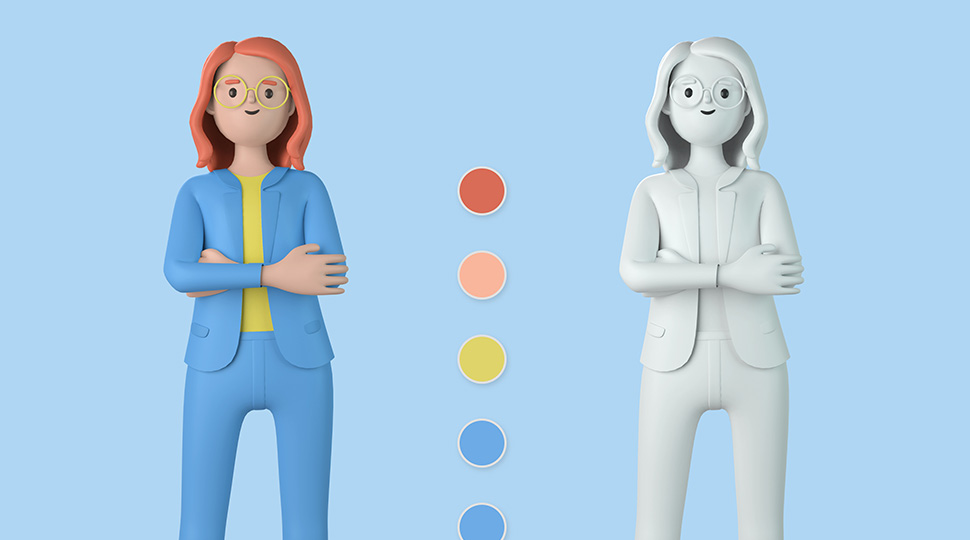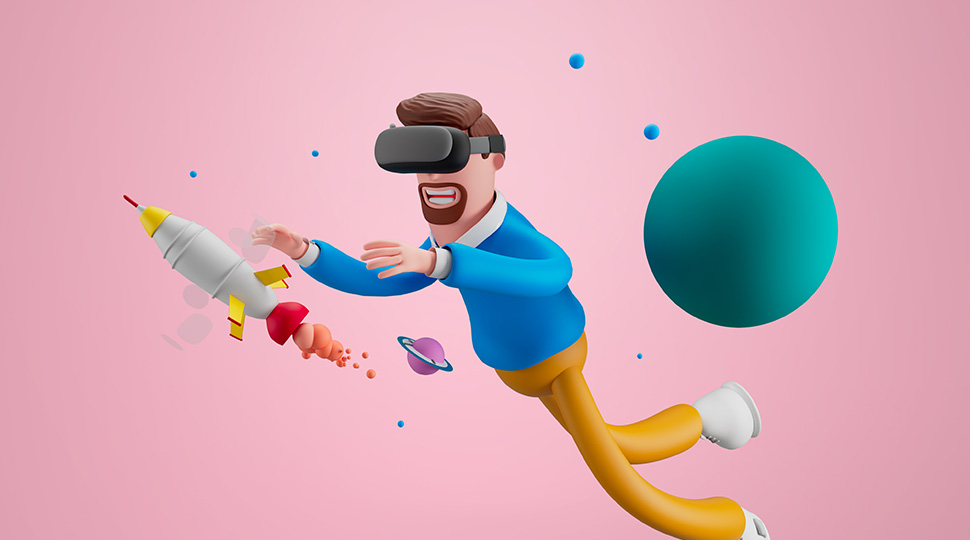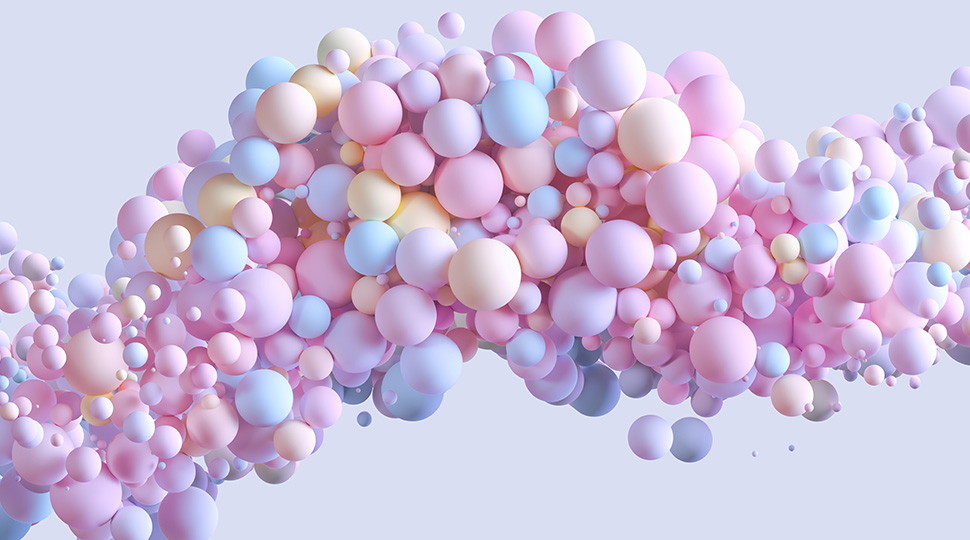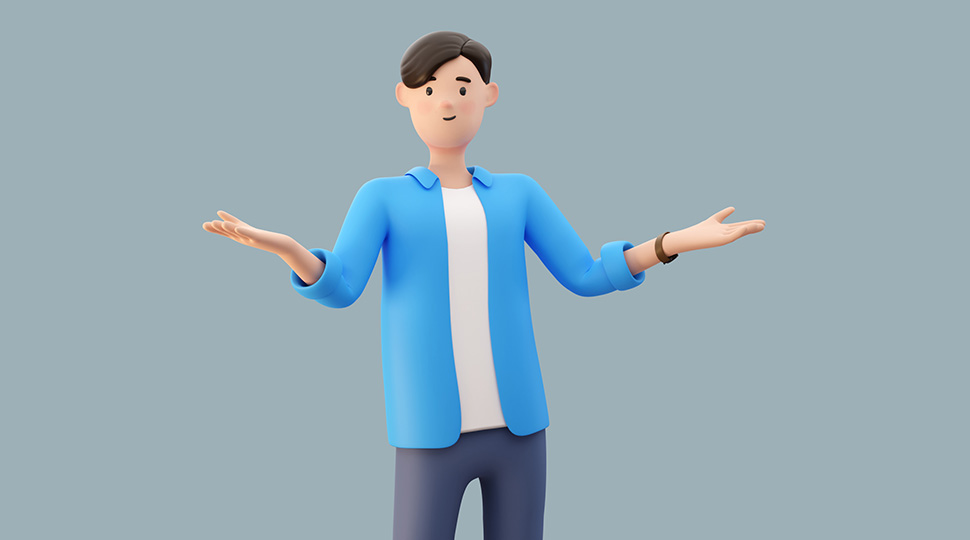If you have just entered the world of animation, let us tell you one thing; it’s like the visual and perhaps more complex form of copywriting. And if done the right way, it can do wonders for you and your clients.
However, unlike writing, where you play with the strings of words to create an inspiring harmony of persuasiveness, the animation is like playing a whole orchestra. Even one dysfunctional instrument could ruin the entire essence of your work, spilling water on days of hard work.
You don’t want that to happen, and neither do we. And that’s why we have jumbled up a list of 11 common mistakes that any animator should avoid if they want their work to sell, be watched, and get inspired by.
So without wasting another second, let’s jump in!
1. Not coordinating facial expressions with body movements:
Do you know what distinguishes animation from a bunch of written sales copies? Its ability to connect with people through the visual demonstration of different emotional reactions. And for that, these reactions should be as natural as possible to create an impact.

Legit emotional reactions require perfect body coordination so that the emotion perfectly flows from eyes to body and resonates with the inner feelings of the viewer perfectly.
If your animated characters lack this most fundamental aspect and have zero coordination between the facial expressions and body movements, your animation is already doomed. An emotionless animation is an animation wasted.
To know more about the importance of facial expressions and body movements and how to ace them, refer to this article!
2. Poor spacing
The realism of motion in animation is as real as the placement of frames in time. In other words, the space between each frame in an animation decides how fast or slow the object moves at a certain point in the video.

For the rhythm of the video to stay consistent, it’s crucial to position the frames in the right place at the right time. As Norman Mclaren says, “What happens between each frame is more important than what exists in each frame.”
One of the most common mistakes most new animators make is the improper spacing of frames. This, in turn, affects the whole flow of the video, thus, resulting in a poorly executed animation that no one likes.
3. Incorrect ease-ins and ease-outs
Ease-ins and ease-outs are directly interrelated with the previously mentioned point; the spacing or arrangement of frames. It’s just another factor that directly affects how real the animation seems to the viewer. Messing it up can affect an object’s sense of weight and size, making the animation seem unrealistic.
Suppose you arrange the frames so that the object’s velocity is uniform or consistent throughout its motion without any acceleration and deceleration at the initial and final stages of the animation. In that case, your animation will end up looking unreal.
You’ll have to get a bit geeky to avoid this from happening. One of the best practices you can follow is to make imaginary measurements about the size and weight of a particular object. After that, measure its inertia and then arrange the initial and final frames of the animation accordingly for perfect ease-in and ease-out moments.
4. Over-animation
A bunch of movements sure make the characters look lively. But as you may have heard, excess of anything is poison. And just the same, too much movement is epilepsy. Over animation is basically giving the characters unnecessary movements that ruin the whole quality of the animation.
To produce a perfect animation, you need Thanos level balance. From perfect dialogue and body coordination to optimally controlled movements, an ideal animation is one where nothing is overdone.

The keyword here is keeping it simple. Overdoing anything will turn the production process into a tedious chore, only to make an overly complex piece despised by the audience.
5. Poor arc tracking
Arc is the 7th principle of animation (which you may know already) which means the movement of bodies in circles. Without arcs, the movement of animated characters would be robotic…and relatively awkward, to be honest.
![]()
For an animator to create realistic animations, it’s crucial to master arc movements. Apart from the art angles, the timing and speed of the movement are also necessary. An arc too fast might blur to a limit that it becomes unrecognizable. At the same time, the one too slow will look overly mechanical.
Furthermore, it’s also essential to choose the proper arcs for the right parts. An arc used for a head does not work for the foot, or the one used for the feet does not work for a hand. Guess what? Tracking the arcs the right way is absolutely crucial to creating a perfect animation.
6. Failing to follow a brand’s visual language
Branding today is all about consistency. It’s about being creative while staying confined to the pre-set brand image. One of the crucial factors of a consistent brand image is the brand’s visual language. A brand’s visual language consists of many things including the font type, color palette, logos, and even the tone.

As an animator concerned with producing highly converting marketing content, it’s absolutely crucial for you to stay faithful to a brand’s visual language and make content that completely corroborates it. Otherwise, the video could simply lose its track.
Being an integral part of a brand’s identity, the visual language plays an important role in conversion science. It helps the target audience identify the brand before it even introduces its name. This helps in both driving engagement and generating leads and conversions.
7. Not animating the actions with anticipation and aftermath
There’s one thing we have been preaching throughout the article, and that is realism. And that is not possible without including proper anticipation and aftermath to each action of your characters.
Anticipation is the 2nd and most important principle of animation. It is basically about preparing the character for a certain action. For example, if the character is jumping, it should crouch down a bit, or if it’s shoving its hand in its pants pocket, it must bend its ankle a bit. These and all little details that give the viewer an idea of the upcoming action are known as anticipation.
As for the aftermath, it’s what happens as a result of the action. For example, after jumping, does the character fall to the ground and crack some bones, or does it come down normally, like crouching a bit at the time of impact?
Without accompanying each action with anticipation and aftermath, the animation will look bland and farther than reality. Which, in turn, could significantly affect the overall fun and engagement of the particular video.
8. Copying references
It’s pretty natural for animation artists to build a vast mental library before commencing the project. In fact, it’s important to put life in the characters and give them a more realistic feel. And that’s not possible without using proper referencing. However, there’s a clear line between referencing and copying.

The key is to use reference movements with a subtle touch of your own creativity to put uniqueness in the particular character or object. You can sketch thumbnails of everything that stood out to you and use it in your work, however, adding something new to it.
If you think drawing a thumbnail isn’t your cup of tea, you can use the material directly to see where you should be making changes and improvements. This is a great way to pinpoint your problems and improve upon them.
9. Making it too complex
Remember when we talked about over-animation a while ago? This mistake is closely related to that. The only difference is that complexity goes far beyond the characters in an animation. In fact, it applies to almost every single thing visible in a particular set of frames.
Making the animation too complex means making it more and more difficult for the audience to understand. As we have previously mentioned, the simpler it is, the easier it is to get the message across. You are there to simplify things, not make them more confusing.
10. Rushing the project/video
Rushing the video means compromising the overall quality of a video production project. The script could get weak, and the animation could have holes…there’s a lot you need to take care of to make a great visual piece.

Where there are experienced animators who specialize in handling rushed projects quite efficiently, we wouldn’t highly recommend it for newbies, even more if you don’t have a great team backing you up. So always take the required time for each project to ensure proper quality control.
Remember, an animation rushed is simply an animation ruined.
11. Not keeping up with the trends.
One of the most overly emphasized terms you must have heard in marketing is “trends”. To make an impactful video for your target audience, it’s necessary to study the animation trends and then make your animation in accordance with it.

A good practice is to keep track of your audience preferences, see different statistics, study your competitors, and make an animation that corroborates current trends. For example, let’s talk about choosing the correct animation type.
If we were to make a hand-drawn animation and 3D animation on a technical (or industrial) topic with the same script and message, the audience would likely prefer 3D animation due to its ability to show objects in great details and accuracy. For example, if you are to choose a product, you would rather see the actual realistic image of it in a commercial than a hand-drawn version.
Animators, this is the end!
Although other forms of video making are tough, animation has a league of its own. After spending days crafting a perfect piece, the last thing you would want is a poorly performing final result. The disappointment is real.
Where it will take a bit of time to master the craft as a new animator, it’s necessary to avoid mistakes that could be detrimental to you and your client. Keeping that into account, we shed light upon some of the most common mistakes you should avoid to help you kickstart a fruitful career.
We hope this article has been helpful throughout. Follow our blog for more helpful content!


